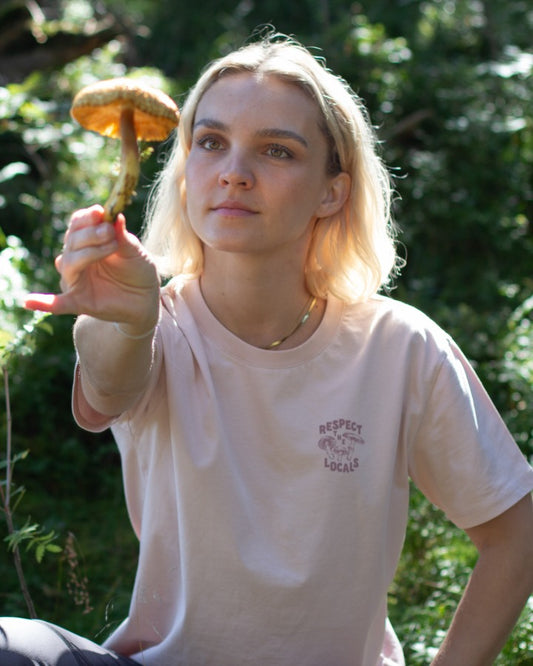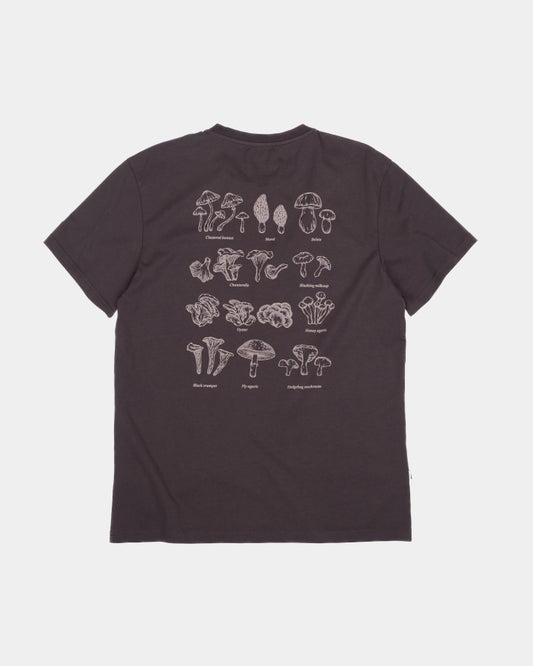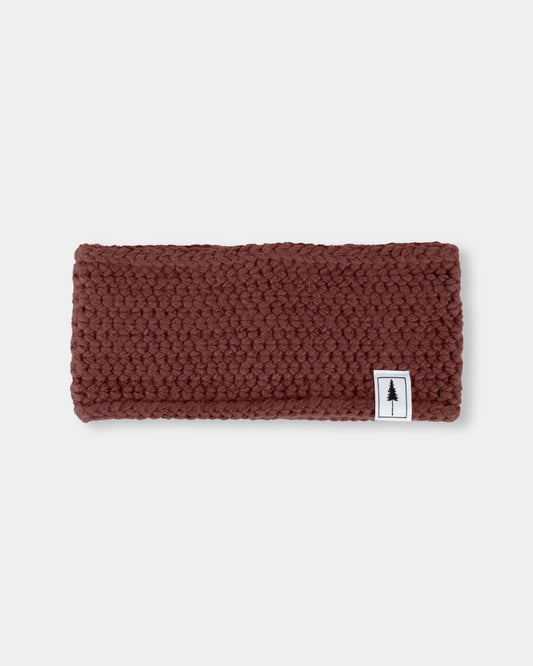What does Urban Gardening exactly?
Urban gardening (in German: urban gardening) encompasses all forms of gardening in urban spaces. Whether raised beds on balconies, herb boxes on windowsills or community gardens on wasteland - small green oases are created wherever there is space.
It's not just about growing vegetables, herbs and flowers. Urban gardening also stands for:
- Self-sufficiency in the city
- Preserving the diversity of species (biodiversity)
- Raising awareness for sustainable consumption
- Community projectsthat strengthen neighborhoods
The idea: living sustainability, health and closeness to nature right on your own doorstep - no matter how small the available space is.

The advantages of urban gardening at a glance
Why should you get involved with urban gardening yourself? Here are the most important advantages at a glance:
- Local food production: You grow your own fruit and vegetables - without long transportation routes.
- Reduction of CO₂ emissions: Local production reduces the ecological footprint footssfootprint.
- More biodiversity: Insects, bees and birds find new habitats in your garden.
- Mental health: Gardening reduces stress and has a positive effect on your well-being.
- Strengthening social contacts: Community gardens promote exchange in the neighborhood.
b Read our blog "For city kids - tips for living in the urban jungle" to find out how you can live green in the city too. live green in the city.
Urban Gardening start: This is how it works!
Urban gardening is surprisingly easy - all you need is a little space, creativity and patience:
1. location analysis
- Balcony, roof terrace, windowsill or courtyard: find out which areas you can use.
- Check the light conditions: Some plants need a lot of sun, others thrive in the shade.
2. plant selection
- Beginner-friendly plants: Herbs such as basil, mint and chives or vegetables such as radishes and lettuce.
- Space-saving plants: Strawberries, cherry tomatoes or dwarf fruit trees are ideal for smaller areas.
3. choose sustainable materials
- Use recycled pots, old crates or pallets as planters. planters.
- Make sure you use peat-free soil and organic fertilizer.
4. care and harvest
- Water regularly and adjust the amount of water to the needs of your plants.
- Rejoice in every harvest - even small successes make great joy!
Inspiration: You can find matching items in our store the TreeShirt Ecosystemso you not only have nature in your hand, but also on your back.

Urban Gardening and sustainability: Why it fits perfectly with NIKIN
Sustainability is at the heart of NIKIN. For every product sold, we plant a tree - a symbol of our commitment to nature. With urban gardening you can also make an active contribution:
- Promote biodiversity in your city
- Reduce your ecological footprintfootprint
- Become Part of a greener future
Additional tip: If you're looking for more inspiration, watch this ZDF documentary about urban farming. It shows that farming can even be done in the middle of the city.
Urban Gardening & sustainability - a strong duo
Urban gardening is sustainability in action: you make sensible use of existing spaces, support ecological cycles and bring nature, sustainability and relaxation right to your doorstep. Whether on a small balcony or large roof terrace - every square meter counts!
At NIKIN, we live by similar values. For every product sold, we plant trees together with partners worldwide. Our goal: A greener future for everyone! Urban gardening and NIKIN are just two ways of integrating closeness to nature and environmental protection into everyday life! You can find out more about our commitment on the page TreePlanting - our vision.
FAQ: Frequently asked questions about urban gardening
What do I need to get started with urban gardening?
A sunny spot, plantershigh-quality soil and seeds are all you need. Simple herbs are perfect to start with.
Which plants are particularly suitable for beginners?
Herbs (e.g. basil, mint), radishes, lettuce, strawberries and cherry tomatoes are considered low-maintenance.
How much time do I need for urban gardening invest?
Depending on the plants selected, just a few minutes a day are enough to watering and checking.
Is urban gardening gardening even without a balcony?
Window sills are ideal for smaller herb gardens. Community gardens also often offer opportunities to get involved.
Is urban gardening gardening really sustainable?
Absolutely - you produce your food locally and reduce packaging waste and transportation emissions.
Can I use urban gardening in winter?
With winter vegetables such as lamb's lettuce or spinach and a small protective cover, you can also garden successfully in the cold season.
How can I make my urban garden bee-friendly?
Bet on flowering plants such as lavender or coneflower - this provides food for bees and other pollinators.




















